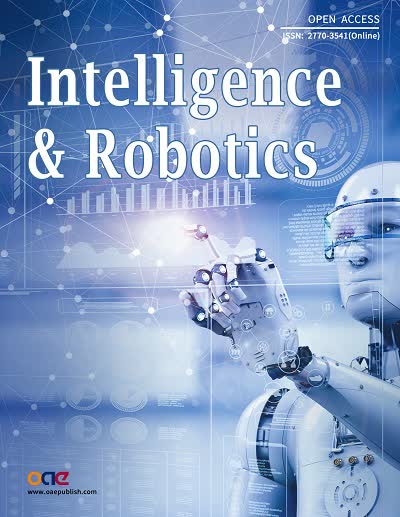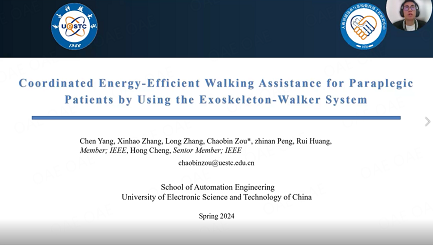
Topic: Rehabilitation Robots and Intelligent Assistance Systems
Guest Editor(s)
Dr. Chen Wang
State Key Laboratory of Multimodal Artificial Intelligence Systems, Institute of Automation, Chinese Academy of Sciences, Beijing, China.
Prof. Liang Peng
State Key Laboratory of Multimodal Artificial Intelligence Systems, Institute of Automation, Chinese Academy of Sciences, Beijing, China.
Special Issue Introduction
Against the backdrop of rapid global aging and the increasing prevalence of neurological diseases, the development of rehabilitation robots has greatly promoted the technological progress of rehabilitation medicine and neuroscience. The rehabilitation robotic system is the interdisciplinary integration of neuroscience, biomechanics, robotics, artificial intelligence, and other fields. In human-machine interaction with patients, rehabilitation robots should meet the requirements of flexibility, adaptability to individual differences, and safety in the face of abnormal situations. Therefore, rehabilitation robots need to fully understand the active intentions and clinical needs of the patients and then utilize intelligent interactive control approaches and advanced sensing technologies to assist them in completing the desired rehabilitation tasks with high precision and personalization. The assistance level should be adaptively adjusted according to their task performance and participation level. Meanwhile, in the robot-assisted rehabilitation process, the precise quantification of the functional impairment level of the patients should be achieved by real-time monitoring of their multimodal physiological signals, providing a reliable basis for the formulation of subsequent rehabilitation strategies. In summary, this Special Issue focuses on the latest development trends and cutting-edge technologies in the field of rehabilitation robots, covering topics of interest including, but not limited to:
● Novel rehabilitation robot design;
● Physical human-robot interaction;
● Rehabilitation robotic control;
● Motor learning;
● Wearable exoskeletons;
● Neurobotics;
● Advanced prosthetics;
● Wearable sensors and systems;
● Intelligent bio-inspired feedback;
● Human neuromechanical modeling;
● Human motion intention detection;
● Multimodal physiological signal analysis;
● Functional assessment in neurorehabilitation.
● Novel rehabilitation robot design;
● Physical human-robot interaction;
● Rehabilitation robotic control;
● Motor learning;
● Wearable exoskeletons;
● Neurobotics;
● Advanced prosthetics;
● Wearable sensors and systems;
● Intelligent bio-inspired feedback;
● Human neuromechanical modeling;
● Human motion intention detection;
● Multimodal physiological signal analysis;
● Functional assessment in neurorehabilitation.
Submission Deadline
31 Oct 2024
Submission Information
For Author Instructions, please refer to https://www.oaepublish.com/ir/author_instructions
For Online Submission, please login at https://oaemesas.com/login?JournalId=ir&IssueId=IR230522
Submission Deadline: 31 Oct 2024
Contacts: Mengyu Liu, Assistant Editor, editorial@intellrobot.com










